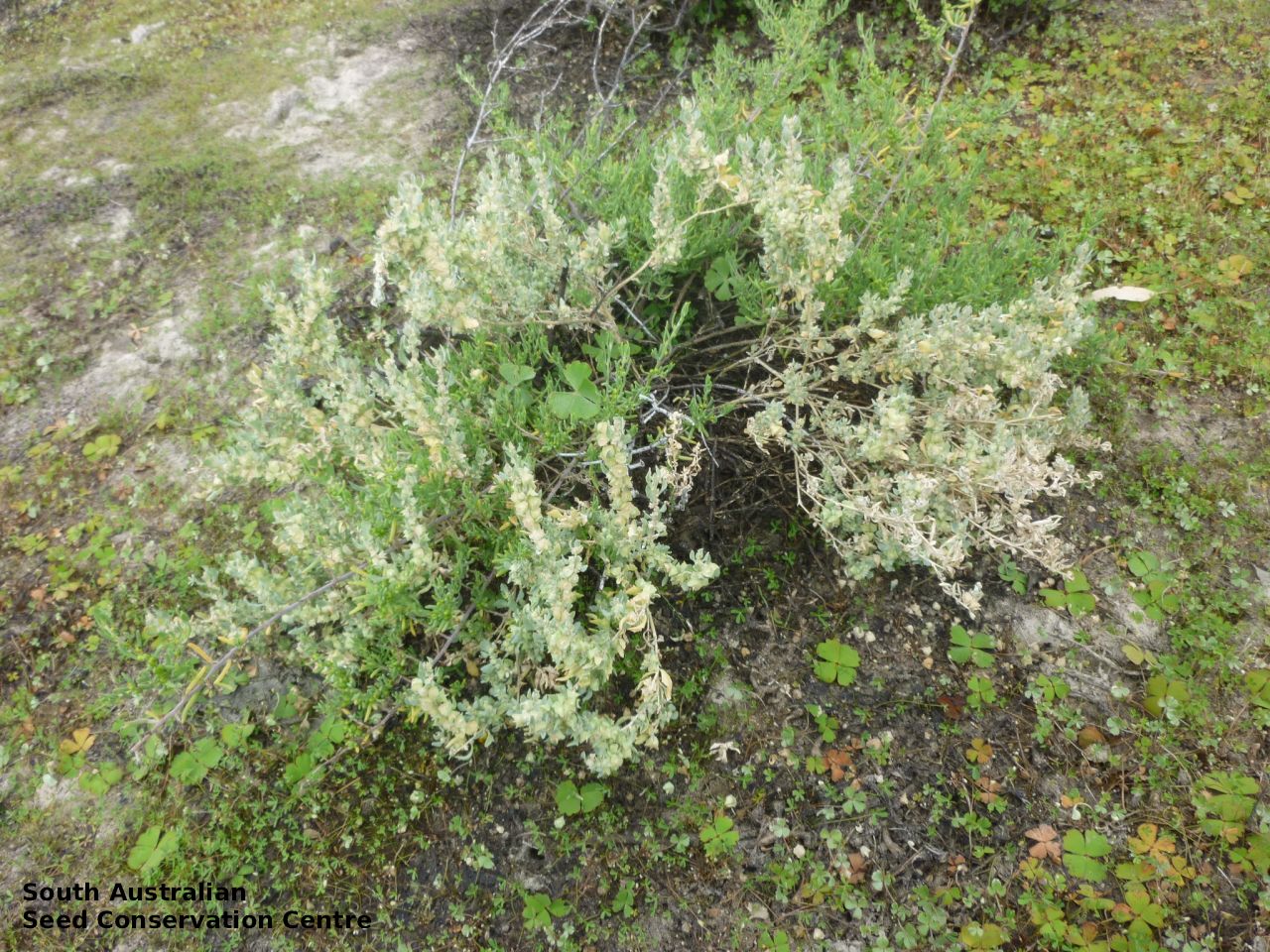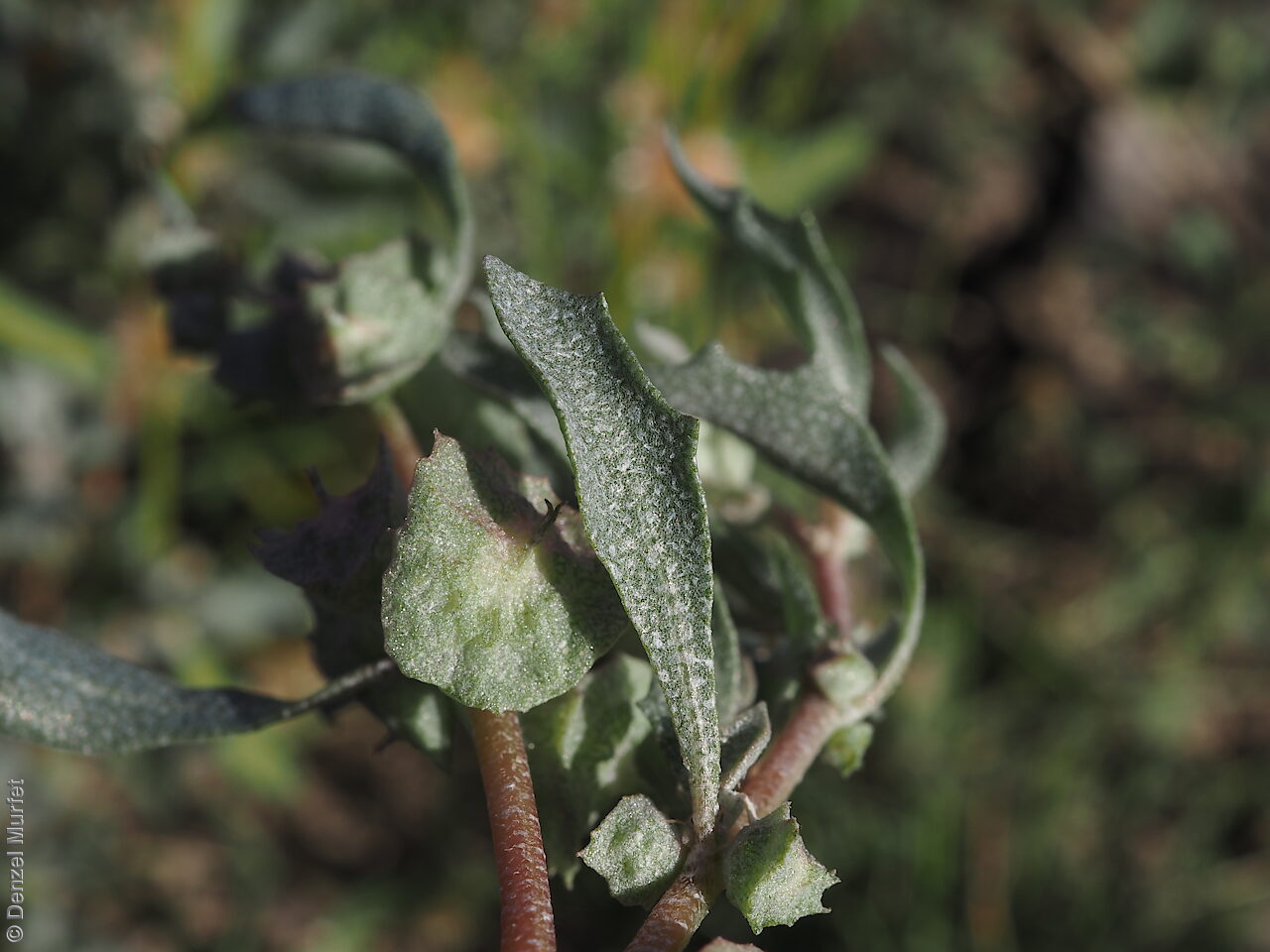Display all 10 images










Regional Species Conservation Assessments per IBRA subregion.


Least concern
Near threatened
Rare
Vulnerable
Endangered
Critically endangered
Extinct
Data deficient
Adelaide
Arkaroola
Ceduna
Coober Pedy
Hawker
Innamincka
Marla
Marree
Mount Gambier
Oodnadatta
Renmark
Wudinna
Keith
Yunta
Display IBRA region text
| Broughton (FLB02) | Flinders Lofty Block | Least Concern |
| Olary Spur (FLB03) | | Least Concern |
| Southern Flinders (FLB04) | | Least Concern |
| Northern Flinders (FLB05) | | Least Concern [endemic to SA] |
| Central Flinders (FLB06) | | Least Concern [endemic to SA] |
| St Vincent (EYB02) | Eyre Yorke Block | Least Concern |
| South Olary Plain (MDD01) | Murray Darling Depression | Rare (IUCN: RA d(i,ii)) [edge of range] |
| Murray Mallee (MDD02) | | Least Concern [restricted to river] |
| Braemer (MDD07) | | Least Concern |
| Murray Scroll Belt (RIV06) | Riverina | Least Concern [river floodplain spp. ] |
| Myall Plains (GAW01) | Gawler | Rare (IUCN: RA d(ii)) |
| Gawler Lakes (GAW03) | | Rare (IUCN: RA d(ii)) |
| Arcoona Plateau (GAW04) | | Rare (IUCN: RA d(ii)) |
| Roxby (GAW07) | | Least Concern [endemic to SA] |
| Bimbowrie (BHC05) | Broken Hill Complex | Least Concern |
| Curnamona (BHC06) | | Least Concern |
| Dieri (SSD03) | Simpson Strzelecki Dunefields | Least Concern [endemic to SA] |
| Warriner (SSD04) | | Least Concern [endemic to SA] |
| Strzelecki Desert (SSD05) | | Least Concern [endemic to SA] |
| Breakaways (STP01) | Stony Plains | Rare (IUCN: RA d(ii)) [edge of range] |
| Oodnadatta (STP02) | | Least Concern [endemic to SA] |
| Murnpeowie (STP03) | | Least Concern [endemic to SA] |
| Witjira (STP06) | | Least Concern [endemic to SA] |
| Baltana (STP07) | | Least Concern [endemic to SA] |
| Sturt Stony Desert (CHC02) | Channel Country | Least Concern [endemic to SA] |
| 5 of 6 subregions | Flinders Lofty Block | Least Concern |
| St Vincent (EYB02) | Eyre Yorke Block | Least Concern |
| 3 of 6 subregions | Murray Darling Depression | Least Concern , Rare |
| Murray Scroll Belt (RIV06) | Riverina | Least Concern [river floodplain spp. ] |
| 4 of 8 subregions | Gawler | Least Concern , Rare |
| 2 of 4 subregions | Broken Hill Complex | Least Concern |
| 3 of 4 subregions | Simpson Strzelecki Dunefields | Least Concern |
| 5 of 7 subregions | Stony Plains | Least Concern , Rare |
| Sturt Stony Desert (CHC02) | Channel Country | Least Concern [endemic to SA] |
Botanical art
Kath Alcock painting: 1
Common names
Flat-top Saltbush
Baldoo
Etymology
Atriplex from the Latin 'atriplexum' meaning an orach, a saltbush; an Ancient Latin name for this plant. Lindleyi named after John Lindley (1799-1865), a British professor of botany and author on Western Australian plants.
Distribution and status
Found scattered across the eastern part of South Australia from north of the Murray. Also found in Queensland, New South Wales and Victoria. Native. Common in South Australia. Common in other states.
Herbarium regions: Lake Eyre, Gairdner-Torrens, Flinders Ranges, Eastern, Eyre Peninsula, Northern Lofty, Murray
AVH map: SA distribution map (external link)
Plant description
Annual or short-lived perennial shrub to 30cm high. Leaves oblanceolate to narrow-obvate with a sharp apex and margin either straight or slightly toothed. Male and female flowers on the same plant. Male flowers in small glomerules towards the branch tips. Female flowers in scattered axillary clusters. Fruits are pale-brown papery fruit with two curved wings on either side of a compressed central part. Seeds are dark-brown, smooth, reniform seed to 2mm long and 1.5mm wide. Seed embryo type is peripheral.
Seed collection and propagation
Collect seeds between November and December. Collect fruits that are starting to turn pale-brown, drying off and papery. Fruits can be collected directly from the bush or from the ground underneath Place the fruits in a tray and leave to dry for one to two weeks. No cleaning is required if only the fruits are collected. The seed can be stored in the fruit or can be clean further. Rub the fruit gently by hand to dislodge the seeds. Use a sieve to separate the unwanted material. Store the seeds with a desiccant such as dried silica beads or dry rice, in an air tight container in a cool and dry place. From one collection, the seed viability was high, at 75%.











